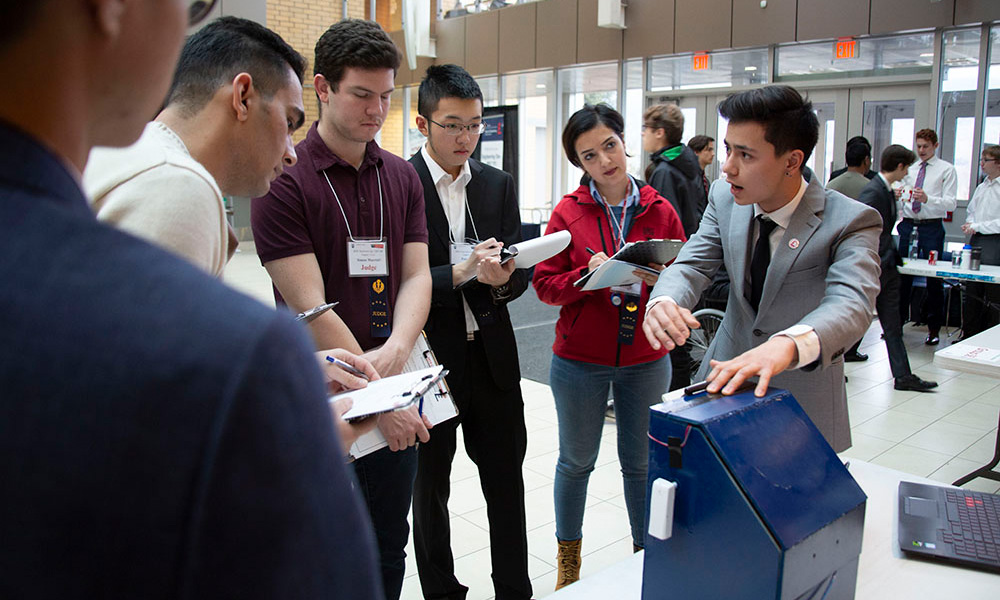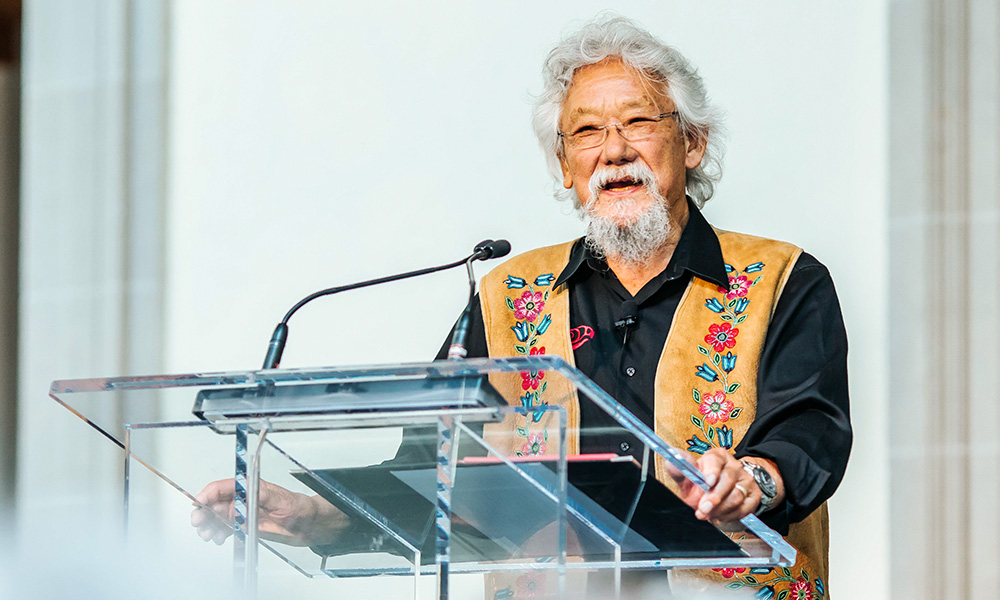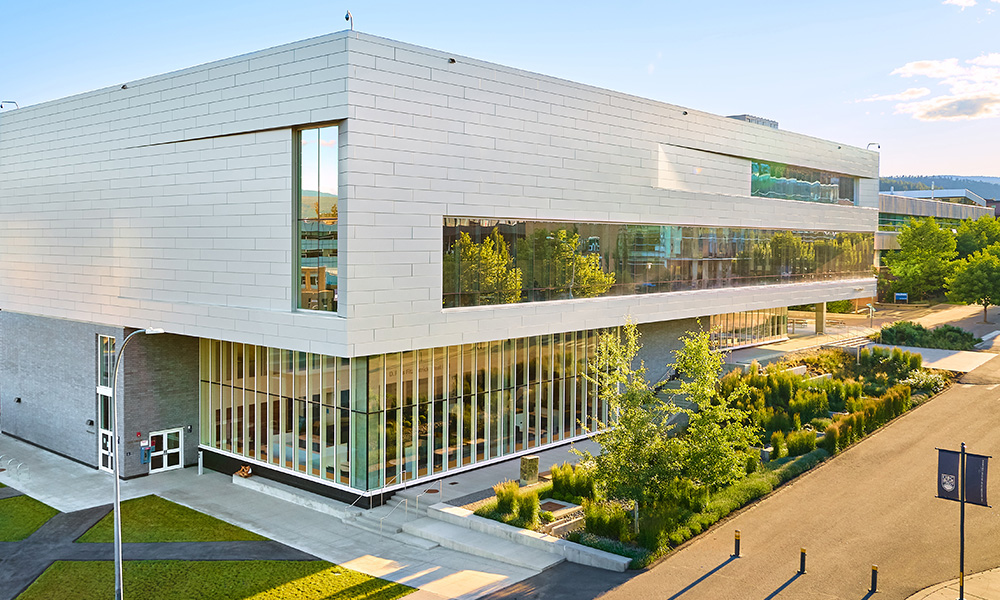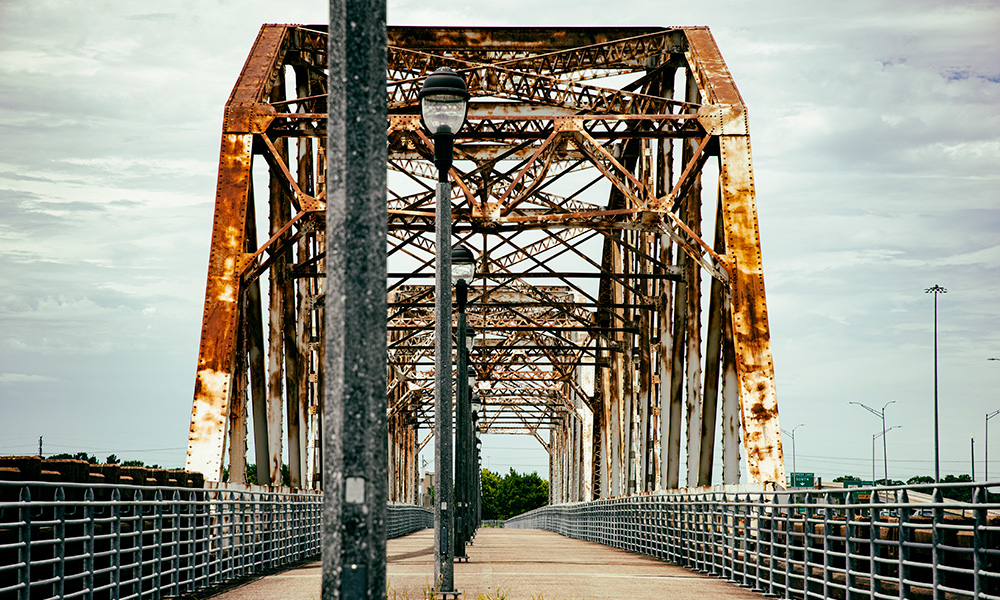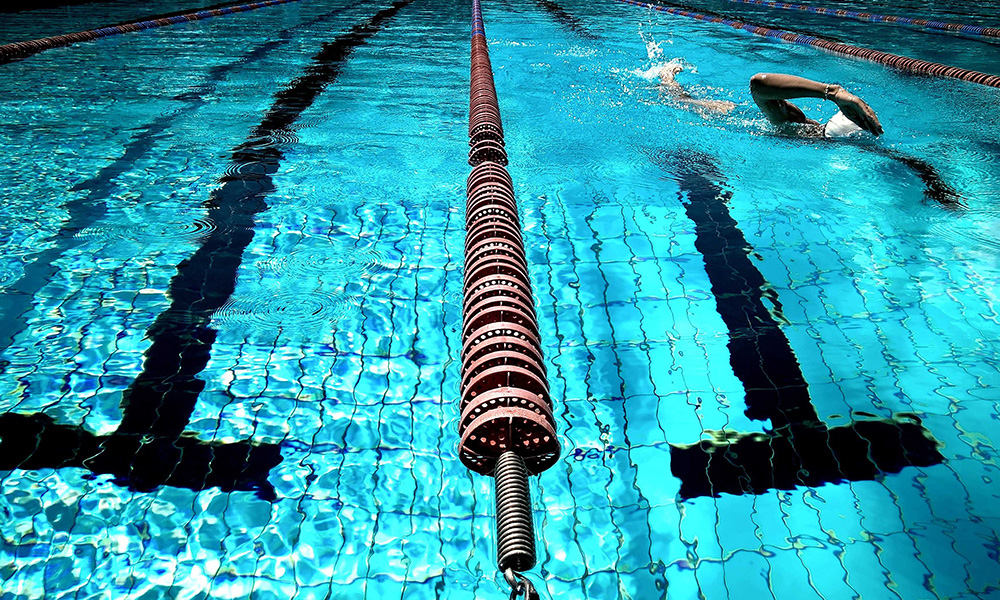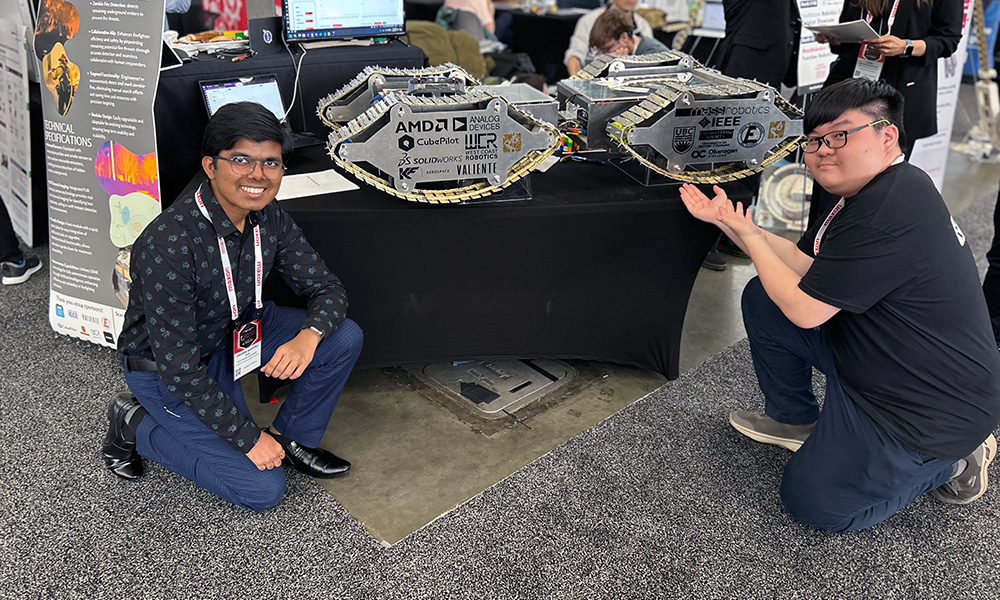
A team of engineering and science students from UBC Okanagan and Okanagan College brought home the Audience Choice Award for their creation of EMBR an autobot that can detect “zombie” fires.
While the images of last summer’s wildfires will stay with many people for a long time, it was that emergency that inspired a group of students to create a remote device that can detect smouldering embers.
Engineering and science students from UBC Okanagan and Okanagan College recently returned from Boston where they demonstrated the autobot they specifically designed to detect “zombie” or underground wildfires that can smoulder months after the danger has passed.
“Our team knew that wildfires were a serious issue, but they kind of felt distant—something that happened to others, never to us,” says Aziz Rakhimov, a third-year UBCO electrical engineering student and product lead. “That all changed last summer when a wildfire reached Kelowna, threatened our campus, and made us all leave our beloved city in a rush.”
Those fires inspired the UBCO HEAT Robotics team to create their Ember Mitigation Bot Responder (EMBR).
The autonomous robotic device uses a thermal camera, smoke sensor and a temperature probe, coupled with AI-driven analytics, to navigate through a variety of terrains, find concealed hotspots, report their exact location and provide a comprehensive approach to heat detection.
“Our direct encounter with the threat of wildfires ignited a realization within us,” says Rakhimov. “It wasn’t enough to be passive observers—we are engineers, thinkers, creators—there had to be something we could do.”
EMBR was entered in last month’s MassRobotics Form & Function Robotics Challenge which took place in Boston. One of the world’s leading student robotics development events, the competition brings together university teams from around the globe. This year’s was to create a robotics or automation project with a cutting-edge form that accomplishes an important real-world solution.
“We developed EMBR to combat the prominent issues that we face in British Columbia regarding wildfires,” says Rakhimov. “The recent wildfire season was catastrophic and our communities grappled with the trauma and damage to hundreds of homes. Particularly close was the McDougall Creek fire in West Kelowna, which rapidly spread to Kelowna where we live and go to school.”
As soon as they arrived the team immediately began to feel audience support. They ended up winning the Audience Choice Award—outperforming teams from MIT, Stanford, Tufts, Cornell, Carnegie and Harvard.
“It took a lot of amazing teamwork to build, refine and program the bot,” says team coordinator Jonathan Chin, a second-year mechanical engineering student at UBCO. “This project has been an incredible opportunity to put to work all we have learned in our program.”
The team had a lot of background support within the university and from external partners including West Coast Robotics Ltd., SOLIDWORKS, KF Aerospace and Okanagan College. UBCO’s School of Engineering, the Irving K. Barber Faculty of Science, AMD, Analog Devices and CubePilot were also co-sponsors.
“Congratulations to the EMBR team on this impressive result and on their continued dedication, hard work and innovative efforts to address this important issue,” says Dr. Will Hughes, Director of the School of Engineering. “We know wildfire response and resilience is a topic of deep importance to our region—and to the world—in the face of a changing environment. This project is an example of the many ways in which UBC can support and advance these efforts through our research, learning and teaching.”
Buffered by their achievement, the team plans to continue to refine their design and will look for additional funding for the project through government grants and industry partnerships.
“In the future, EMBR could use an onboard water system or alternative methods, such as smothering embers with cool soil,” he adds. “We will also be researching other features such as topographical data analysis and using swarm tactics to have multiple rovers working together to cover more ground.”
To learn more about EMBR including sponsorship and partnership opportunities, visit: linktr.ee/heatrobotics.
The post UBCO engineering team triumphs at international robotics competition appeared first on UBC Okanagan News.

